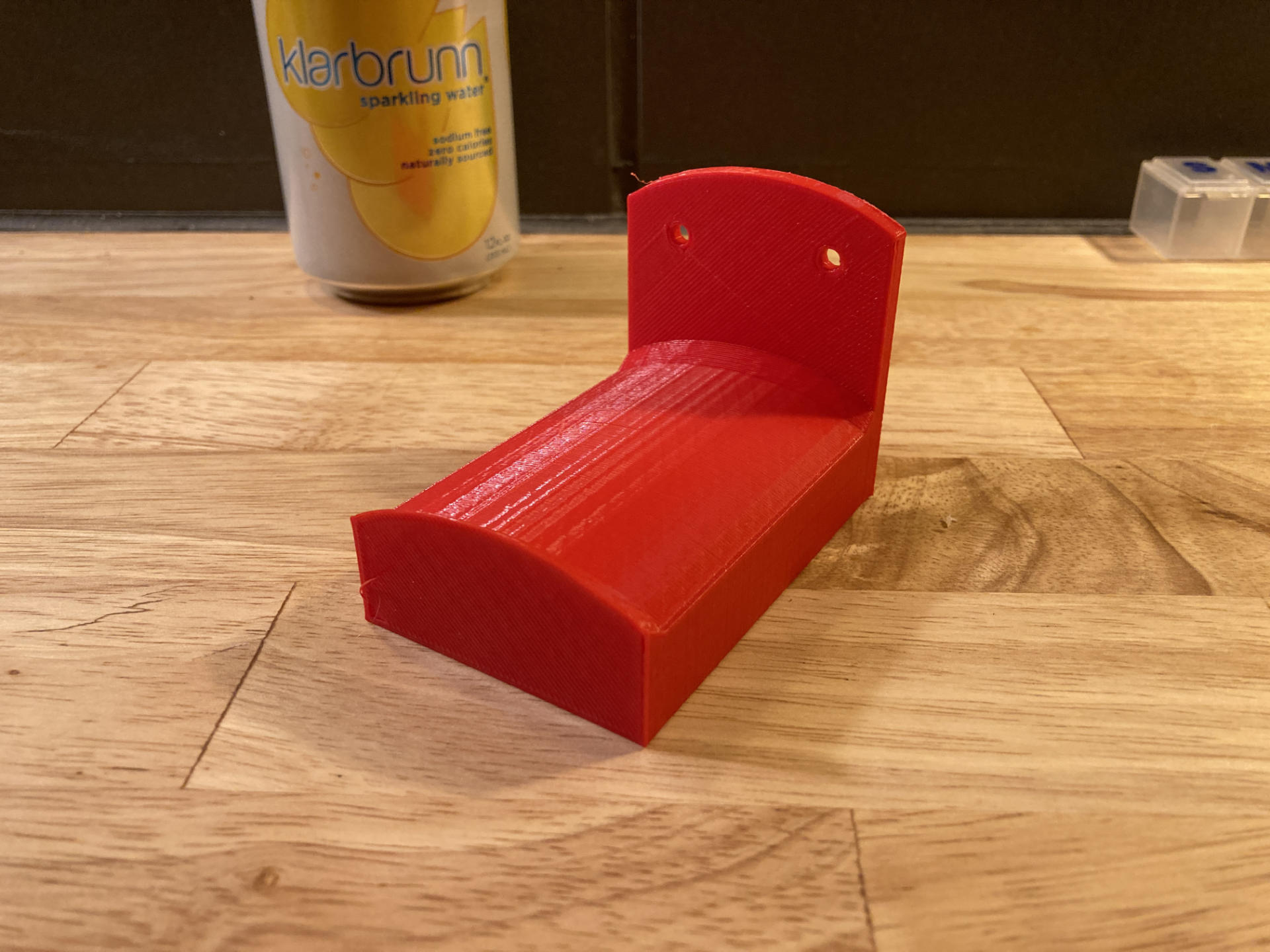
It’s been just over a year since I got the Prusa MINI+ 3D Printer and besides a few minor hiccups at the start it’s been a great experience. I’ve printed hundreds of things without issue in the last 13 months. Sure, there have been a few failures, but they’ve been pretty minor… until now.

A few weeks ago I had some issues printing because I’m in Wisconsin and it’s winter and it gets cold in the basement. If the printer sees a low temperature it assumes something is wrong with the thermistor and won’t print. It’s a safety feature, and probably a good one (though I would like a way to override it.) My “manual override” involved running a small space heater in the tiny room the printer is in. It works, and It’s usually not so cold I need to do it often.

Now, I know a lot of people who get a printer post online immediately “What upgrades should I do first?” and that makes sense if you get a cheap printer where costs were cut. But hey, this is a Prusa! It should be good out of the box. In fact the only modification I did was to add a silicone sock around the heating block to prevent a big blob of filament sticking in the event of a failed print.
So when it was really cold, and the printer wouldn’t print, and I was using the space heater… guess what got the printer printing reliably in the cold. Removing the silicone sock.

No sock, no problem, right? I started a long print and went to work. During the day I checked the camera that points at the printer and noticed the plate had moved. Argh. It’s happened before, so it’s usually just a failed print.

I checked again later and the plate was gone… It was probably thrown free from the printer. No a disaster, but annoying for sure. But wait… can you see it?

I found the plate on the floor and a bunch of useless plastic. Oh, and… The Blob!

Dammit! I heated up the printer and got the large blob loose, but it was all over the place. I grabbed the heat gun from my soldering station and (somewhat carefully?) heated and removed as much plastic as I could. Did I slightly deform the printed fan duct? Yes. Is there still plastic on there. Indeed. Did I put the silicone sock back on, but have to cut it to get it over some of the stuck on plastic. Ugh. Yup.
I haven’t done a full tear-down or clean-up but it’s printing again, and prints look fine. At some point I should probably get it cleaned better… or, you know… buy another printer. ;)




































